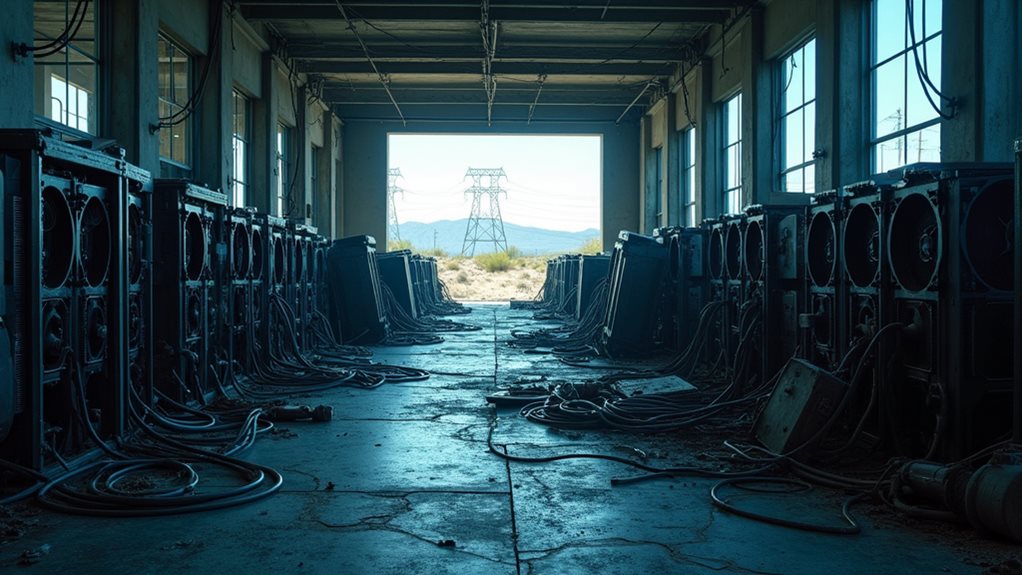Berachain's new Proof-of-Liquidity system isn't messing around. This radical approach ditches traditional staking rewards for a three-token ecosystem where liquidity providers actually earn something useful. BERA handles fees, BGT rewards the helpful folks, and HONEY keeps things stable. Validators now direct emissions based on liquidity, creating a competitive market that actually makes sense. The whole setup aims to fix what's broken in blockchain rewards. There's more to this story than meets the eye.

Berachain is shaking up the blockchain world with its radical new take on block rewards. Through its novel Proof-of-Liquidity (PoL) consensus mechanism, the platform is turning traditional token economics on its head. And boy, does it pack a punch with its tri-token system.
At the heart of this disruption lies a seemingly simple yet powerful concept: BERA, BGT, and HONEY tokens working together like a well-oiled machine. BERA handles the basics – transaction fees and staking. BGT? That's where things get interesting. It's a non-transferable, soulbound token that you can't just buy and sell like your average crypto. You've got to earn it by providing liquidity. And HONEY? It's the steady hand – a fully collateralized stablecoin keeping things grounded in the DeFi space.
The real kicker is how Berachain distributes block rewards. Gone are the days of simple stake-and-earn mechanics. Validators now have to work for their dinner, directing BGT emissions to Reward Vaults based on user-provided liquidity. It's like a high-stakes game of chess, where every move counts. The platform's innovative approach extends beyond DeFi to include Real World Assets and various other applications. The protocol features a Tendermint-based EVM that ensures seamless compatibility with existing Ethereum tools.
Applications set up these vaults to attract users, creating a competitive market for BGT emissions. Talk about raising the stakes.
The system's genius lies in its alignment of incentives. Users provide liquidity to earn BGT, validators optimize their emission strategies to attract delegations, and applications compete for attention by offering juicy rewards through their vaults. It's a beautiful chaos of market forces at work. The result? A thriving ecosystem where everyone's got skin in the game.
This isn't just another blockchain trying to reinvent the wheel. Berachain's approach addresses the age-old paradox of L1 tokens struggling with governance issues during high usage periods. By tying block rewards to liquidity provision and introducing competition for BGT emissions, they've created a system that actually makes sense.
Who would've thought – a blockchain that rewards users for making the network more useful? Revolutionary stuff, indeed.









